Mailing List
Sign up for our mailing list to get latest updates and offers.
Valley of Flowers National Park, located in Uttarakhand, India, is a breathtaking UNESCO World Heritage Site renowned for its unparalleled natural beauty and diverse flora. Spanning approximately 87.5 square kilometers, the park is celebrated for its vibrant meadows adorned with over 500 species of wildflowers, including rare and endangered varieties that bloom predominantly from late June to early September, with the peak season in July and August. Nestled in the western Himalayas, the park's landscape is a picturesque blend of lush greenery, snow-capped peaks, and meandering rivers, creating a stunning visual spectacle. Beyond its floral splendor, the park is home to a rich array of wildlife, such as the elusive snow leopard and the Himalayan tahr, and is a haven for various species of birds and butterflies. Accessible primarily through a moderate to challenging trek from Joshimath, the park offers trekkers awe-inspiring views and a serene environment, making it a must-visit destination for nature enthusiasts and adventurers alike. As part of the Nanda Devi Biosphere Reserve, the Valley of Flowers is also crucial for conservation efforts aimed at preserving its unique ecosystem and biodiversity.
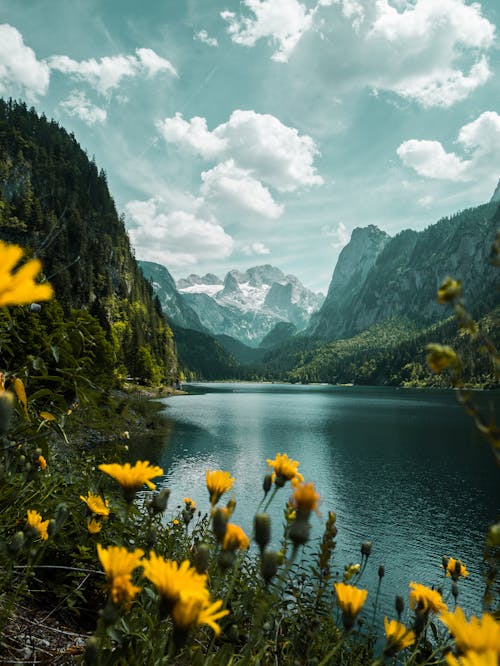

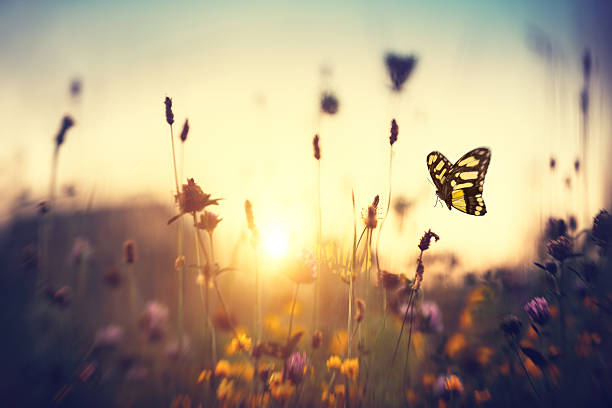


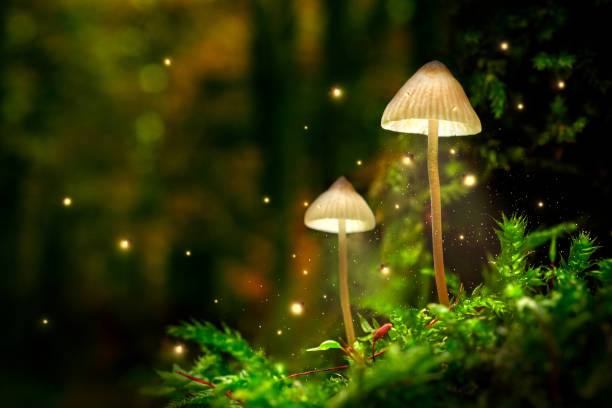
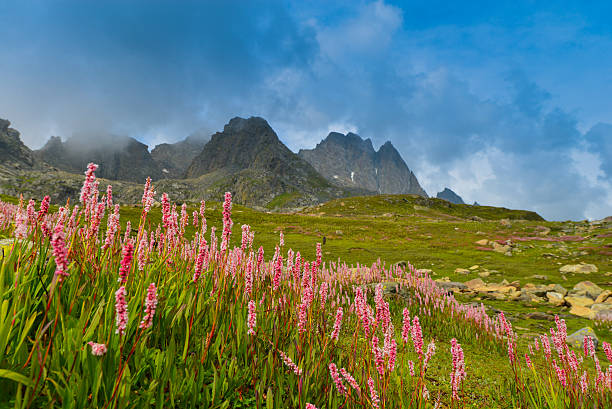
Floral Diversity: The park is home to over 500 species of wildflowers, including rare and endangered varieties. The blooming season typically runs from late June to early September, with the peak bloom in July and August.
Scenic Beauty: The valley stretches across approximately 87.5 square kilometers and is characterized by meadows, lush greenery, and snow-capped peaks. The landscape is dotted with rivers and streams, adding to its breathtaking beauty.
Biodiversity: Besides flowers, the park is also rich in fauna, including animals like the snow leopard, Himalayan tahr, and various species of birds and butterflies.
Trekking: Access to the park is primarily via a trek from the town of Joshimath. The trek is moderate to challenging and offers spectacular views of the surrounding mountains and valleys.
Conservation Efforts: The Valley of Flowers is part of the Nanda Devi Biosphere Reserve, which helps in the protection of its unique ecosystem and biodiversity.

Geology: The valley is part of the Indus-Ganges-Brahmaputra river system and is shaped by glacial activity. The region features a combination of sedimentary and metamorphic rocks. The surrounding mountains, including the peaks of the Zanskar range, have been sculpted by glacial and tectonic forces over millions of years.
Climate: The park experiences an alpine climate, characterized by cold winters and mild summers. During the blooming season, temperatures range from 15°C to 20°C (59°F to 68°F), while in winter, temperatures can drop well below freezing. The area receives a substantial amount of rainfall and snowfall, which contributes to the lush vegetation during the growing season.
Discovery: The Valley of Flowers was first brought to global attention by British mountaineer and botanist Frank Smythe, who explored the region in 1931. His accounts of the valley's stunning floral displays played a significant role in popularizing the area.
Local Traditions: The local communities, particularly the Bhotiya people, have traditionally used the valley's resources for their sustenance and cultural practices. The region holds spiritual significance in local folklore, with the surrounding mountains often regarded as sacred.
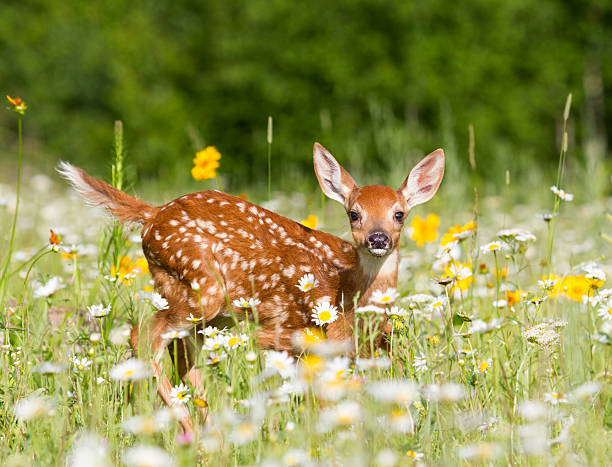
Habitat: The park serves as a crucial habitat for many endemic and endangered species. Its diverse plant life supports a variety of insect species, which in turn sustains the park's bird and animal populations.
Ecosystem: The valley is part of the temperate forest biome transitioning into alpine meadows. This unique ecosystem is a critical refuge for species displaced by agricultural expansion and other human activities in lower altitudes.

Getting There: The journey to the Valley of Flowers typically starts from Haridwar or Rishikesh, with a road trip to Joshimath followed by a trek to Ghangaria. From Ghangaria, a well-marked trail leads into the Valley of Flowers.
Accommodation: Basic accommodations are available in Ghangaria, which serves as the base camp for trekkers. There are guesthouses and small lodges, but amenities are limited, so booking in advance is recommended. The park itself does not have accommodation facilities, and overnight stays are not permitted.
Permits and Fees: Entry to the Valley of Flowers requires a permit, which can be obtained from the Wildlife Division Office in Joshimath. There is also a nominal entry fee. It's advisable to carry identification and permits while trekking.
Health and Safety: Due to the high altitude, acclimatization is essential to prevent altitude sickness. Visitors should be in good health and physically fit for trekking. It's also important to carry necessary medical supplies, especially if you have pre-existing health conditions.
Guides and Porters: While the trail is well-marked, hiring a local guide or porter can enhance the experience and provide insights into the area's flora and fauna. They can also assist with navigating the trek and ensuring safety.
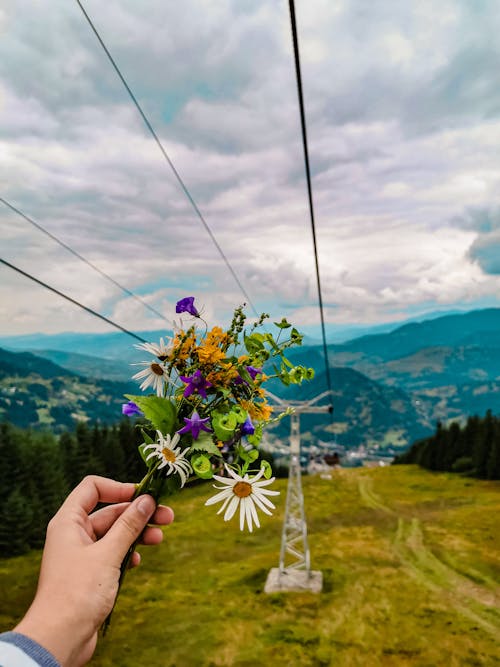
Management: The park is managed by the Uttarakhand Forest Department, which oversees conservation activities, manages visitor impact, and works to prevent illegal activities such as poaching and logging.
Research and Education: The Valley of Flowers serves as a research site for botanists and ecologists studying alpine ecosystems and plant species. Educational programs and initiatives aim to increase awareness about the park's ecological significance.
On the Trek to the Valley of Flowers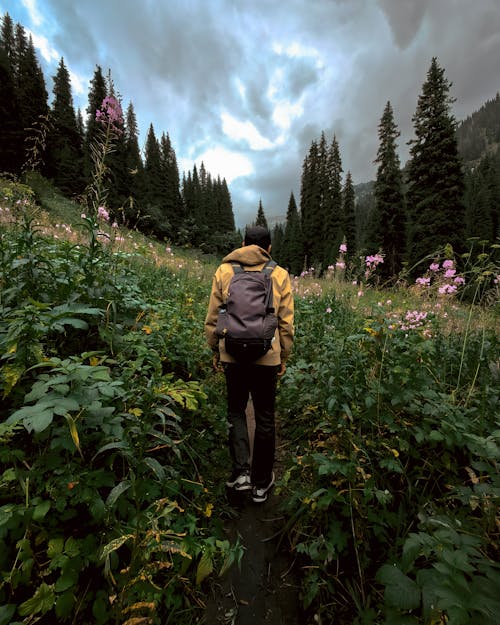
Ghangaria: This is the primary base camp for visitors trekking to the Valley of Flowers. The village offers a range of modest accommodations, including guesthouses and small lodges, many of which provide simple, home-style meals. Typical food options include:
Local Tea Stalls: Along the trekking route and in Ghangaria, you will find tea stalls and small eateries that serve tea, coffee, and light snacks. These are good places to refresh yourself before continuing the trek.

Joshimath: Before starting the trek, you can find more diverse food options in Joshimath, a larger town with several restaurants and eateries. The food here ranges from local Indian cuisine to more familiar options like rice, noodles, and bread. You can expect:
Haridwar and Rishikesh: These towns are popular starting points for travelers heading to the Valley of Flowers. They offer a wide range of food options, including:


Standard Trekking Packages
Luxury Packages
Custom or Tailor-Made Packages
Reputation of the Tour Operator: Choose a reputable tour operator with good reviews and experience in organizing treks to the Valley of Flowers. Look for certifications and affiliations with recognized travel or adventure organizations.
Inclusions and Exclusions: Carefully review what is included in the package. Ensure it covers key elements like transport, accommodation, meals, and permits. Clarify any additional costs that might not be covered.
Group Size and Personal Attention: Smaller groups often provide a more personalized experience and better access to guides and support. Check the group size and the guide-to-guest ratio.
Safety and Support: Ensure the package includes provisions for health and safety, such as first-aid support, emergency evacuation plans, and experienced guides.
Customization Options: If you have specific preferences or needs, check if the tour operator can accommodate them. This might include dietary requirements, extra rest days, or specific activities.
The ideal time to visit the Valley of Flowers is from late June to early September. The flowers are in full bloom during this period, with peak blooming usually in July and August. Outside this timeframe, the park is either covered in snow or not as lush, which can affect visibility and access.
To reach the Valley of Flowers, you typically start from Haridwar or Rishikesh. From there, travel by road to Joshimath. The trek to the Valley of Flowers begins from Ghangaria, which you reach by a trek from Joshimath. The trek from Ghangaria to the Valley of Flowers is around 17 kilometers (10.5 miles) round-trip.
The trek to the Valley of Flowers is considered moderate in difficulty. The path is well-marked but involves a significant ascent and can be challenging due to high altitude. Proper acclimatization and preparation are essential. If you’re not experienced with trekking, it’s recommended to go with a guide or as part of an organized tour.
Pack for varying weather conditions and high-altitude trekking. Essentials include:
Photography is generally allowed in the Valley of Flowers, but it’s important to respect park regulations. Avoid disturbing wildlife and always follow guidelines set by park authorities regarding the use of cameras and drones.
These FAQs should help you prepare for a visit to the Valley of Flowers, ensuring a smooth and enjoyable experience in this beautiful and unique national park.